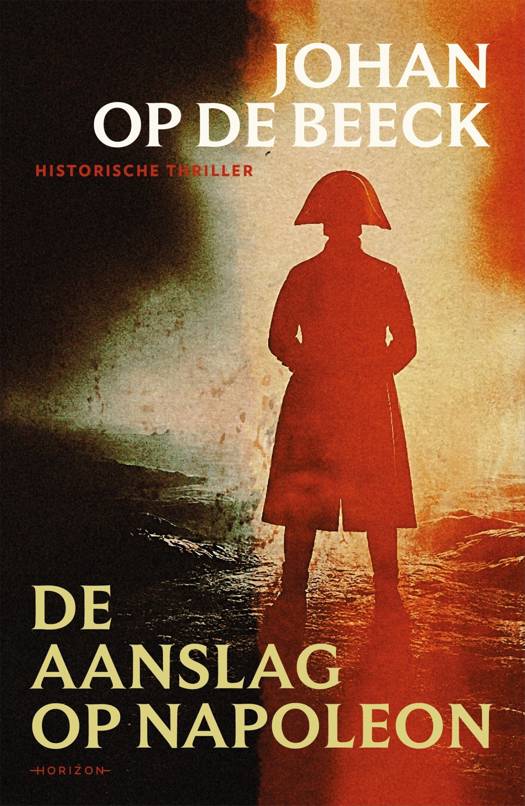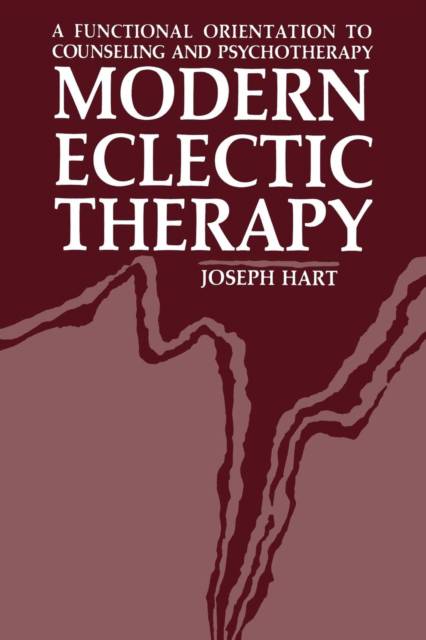
- Afhalen na 1 uur in een winkel met voorraad
- Gratis thuislevering in België vanaf € 30
- Ruim aanbod met 7 miljoen producten
- Afhalen na 1 uur in een winkel met voorraad
- Gratis thuislevering in België vanaf € 30
- Ruim aanbod met 7 miljoen producten
Zoeken
Modern Eclectic Therapy: A Functional Orientation to Counseling and Psychotherapy
Including a Twelve-Month Manual for Therapists
Joseph Hart
Paperback | Engels
€ 83,95
+ 167 punten
Omschrijving
This book is a hybrid; it contains theoretical sections and sections de- voted to technique; it attempts to provide a historical perspective and to give a contemporary formulation of theory and practice; and it dis- cusses both practical problems of day-by-day therapy sessions and phil- osophical issues related to the meaning of psychotherapy in modern society. In a way the book reflects, in its own style and contents, the subject it is about. Eclectic therapy is certainly a hybrid of many strains of influence; it is more diverse in its structures, theories, and techniques than any other therapeutic orientation. Still, eclectic therapy does have a definite consistency and coherency that I hope will be clearly revealed in this book. The plan of the book is as follows. In Part I, I will present the arguments and evidence that there is a modern trend toward eclecticism among therapists and then in Part II, tie this trend into the historical tradition of functionalism. Both the common features of clinical func- tionalism and the specific ideas and methods of James, Janet, Burrow, Taft, and Thorne are presented. I believe it will be a revelation to many readers to see the contemporary significance of the therapies practiced by these eclectic pioneers.
Specificaties
Betrokkenen
- Auteur(s):
- Uitgeverij:
Inhoud
- Aantal bladzijden:
- 394
- Taal:
- Engels
Eigenschappen
- Productcode (EAN):
- 9781468411607
- Verschijningsdatum:
- 16/02/2012
- Uitvoering:
- Paperback
- Formaat:
- Trade paperback (VS)
- Afmetingen:
- 152 mm x 229 mm
- Gewicht:
- 548 g

Alleen bij Standaard Boekhandel
+ 167 punten op je klantenkaart van Standaard Boekhandel
Beoordelingen
We publiceren alleen reviews die voldoen aan de voorwaarden voor reviews. Bekijk onze voorwaarden voor reviews.











